The Truth About Dry Brushing And What It Does To Your Skin
Improve the health of your skin and enhance its look with this practical method.

Image: Shutterstock
The origin of dry brushing can be traced back to prehistoric times. Ever heard of it? Dry brushing is just brushing your bare skin with a dry, soft-bristled brush.
Dry brushing your skin stimulates blood flow, which aids lymph node function and removes toxins from the body. So, what is it about this skin care routine that has made it so popular? This article will teach you everything you need to know about dry brushing, how to do it, and what it can do for your skin. Scroll down for more details!

 Fun Fact
Fun FactIn This Article
What Is Dry Brushing?
Brushing the skin with a dry brush in a particular pattern is known as dry brushing. In this process, your skin is brushed towards the heart and chest, starting from the feet and hands.
Although not backed by scientific evidence, dry brushing your body may offer many potential health benefits like:
- Stimulation of the lymphatic systemi An organ system with a network of organs, vessels, and tissues that maintains fluid levels in the body.
- Exfoliation of the skin.
- Elimination of dead cells, ingrown hairs, and dullness
- Removal of toxins from the body
- Enhanced circulation in the body
- Breaking down cellulitei Harmless dimpled and lumpy flesh on the hips, buttocks, thighs, and abdomen, formed due to excessive fat accumulation.
Dry brushing is performed in a specific pattern to help exfoliate the surface and clear pores, making your skin healthy.
Although there are no scientific findings to back the results of dry brushing the skin, the practice may potentially yield some benefits. Here are a few you should know about.
Key Takeaways
- Dry brushing refers to brushing the skin with a dry brush in a particular pattern.
- The dry brushing process stimulates blood flow, exfoliates the skin, and clears pores.
- For best results, always use a soft-bristled brush and moisturize afterward.
Benefits Of Dry Brushing Your Skin
- Helps Exfoliate The Skin

The dead skin cells on the body are manually swept away while dry brushing. This exfoliating action is quite similar to the action of a physical scrub, which can make your skin smooth and radiant. Massaging your body with a dry brush also helps get rid of flaky skin during winter. It removes ingrown hair and rejuvenates dull and dehydrated skin.
 Quick Tip
Quick Tip- Increases Circulation In The Body
The soft bristles of a dry brush may help enhance blood circulation in the body. This is directly linked to detoxification and the possible stimulation of lymphatic drainage.
Dr. Mehmet Yildiz, a scientist, blogger and author, shared his experience on how incorporating dry brushing into his skincare routine helped improve his skin’s overall health and appearance. He writes, “Scratching with nails can damage the skin. However, dry brushing addresses the itching problem without any harsh impact on the skin. I experience that dry brushing can stimulate the nervous system. I also heard that it is used in massage therapy. After using a dry brush for several years, my skin significantly improved (i).”
- Boosts Mood And Promotes Relaxation

Among the other benefits of dry brushing is the stimulation of the nervous system, which can pump a feeling of ecstasy. The feel-good sensation can boost your mood and make you feel relaxed and comfortable.
Dry brushing is a technique that offers numerous skin benefits. If you’re considering dry face brushing, gathering enough knowledge about its benefits and the dos and don’ts is important. This knowledge will empower you to make the most of this skincare practice.
Dry brushing does offer many skin benefits. But does it help with stretch marks? Learn more in the next section.
Does Dry Brushing Help With Stretch Marks?
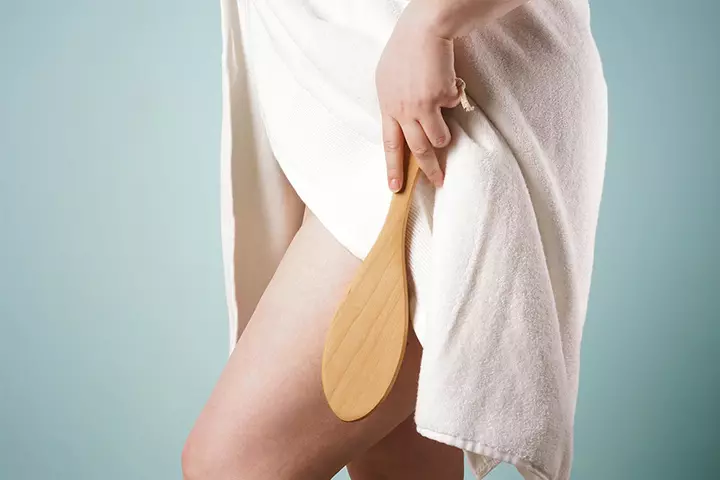
Possibly. While there is no solid research to support it, anecdotal evidence suggests that it can help reduce the appearance of stretch marks. Dry brushing is thought to boost collagen production and improve blood circulation and skin elasticity. This way, it might help fade stretch marks.
Using the brush in a circular motion on areas with stretch marks may help offer visible results.
But can you use just any brush for this purpose? Well, not really. Picking the right brush is key. Continue reading to know more.
What Brush Should I Use To Dry Brush?

Pick a brush made of natural fibers to dry brush your face and body. Most experts recommend using brushes with jute, sisal, and cactus fibers as they are soft, will not hurt your skin, and help exfoliate it gently.
Ensure the dry brush has a long handle, firm grip, and non-slip body. This will enable you to reach all the parts of the body with ease. To dry brush your neck and face, opt for a smaller brush.
Investing in a good dry brush may be of no use unless you know the right techniques to use it.
 Quick Tip
Quick TipHow To Practice Dry Brushing
- Stand upright in your bathroom or room and remove your clothes.
- Start from your feet – use upward strokes to brush the skin on your legs. Continue to move up towards the upper thighs and buttocks.
- Brush your arms and stroke in upward movements towards the shoulders.
- Brush in upward strokes or circular motions over the stomach, moving up towards the neck. Avoid brushing over the breasts and nipples.
- Use upward strokes to move from the base of the neck to the forehead.
- Take a shower and apply a moisturizer, lotion, or body oil to your damp skin.
Note:
As your skin is already exfoliated, be careful about the products you use while bathing – avoid scrubs and abrasive loofahs.
Can dry brushing help reduce the appearance of cellulite? Check out our next section for the answer.
Can Dry Brushing Get Rid Of Cellulite?
Yes. Although no firm studies substantiate the idea that dry brushing can reduce or eliminate cellulite, anecdotal evidence suggests a reduction of cellulite and a plumper appearance of the skin. This can be possibly a result of improved blood circulation and lymphatic drainage.
Skin care experts state that dry brushing twice or thrice a week the right way can visibly reduce the appearance of cellulite. However, it might take time to show results.
Although dry brushing is good for your skin, it may have side effects in certain situations.
What Are The Risks Of Dry Brushing?
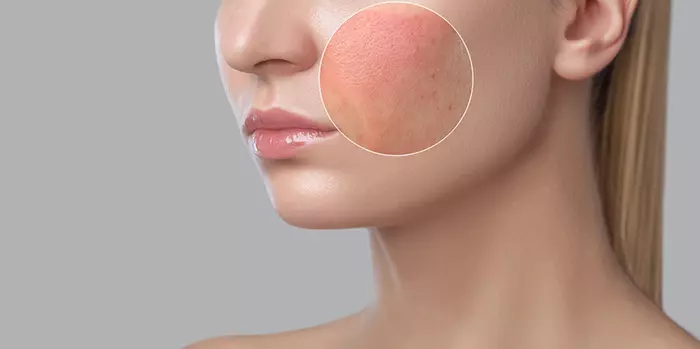
- Dry brushing your skin harshly can possibly irritate it, turn it reddish or rosy, and lead to abrasions. If your skin stings or gets inflamed after dry brushing, it can mean that you were too rough.
- Your skin can feel parched and dry if you do not moisturize it after dry brushing.
- It may also worsen existing skin conditions, such as eczema,i A common skin condition that causes itchy, cracked, inflamed, and rough skin due to environmental factors or allergens. , acne, rashes, and psoriasisi A chronic skin condition that causes inflamed, dry, and scaly patches, mainly on the knees, elbows, trunk, and scalp .
- Dry brushing your face frequently may cause dryness, scratches, flushed skin, skin irritation and reddening, and injuries. Limit it to once or twice a month. Instead, use a chemical exfoliant or mild scrub for face exfoliation.
To avoid these risks, do not attempt dry brushing if you have dry and/or sensitive skin.
Who Should Not Try Dry Brushing?
If you have eczema, psoriasis, rashes, sunburns, inflammation, or skin irritation, dry brushing is not for you.
If your skin reacts or feels stingy, burning, or red after dry brushing, it is not wise to continue it. This is because your skin may not be able to tolerate the impact of dry brushing. You should always take caution before using this procedure if your skin is parched.
Dry brushing is also not recommended when there is an active skin infection, or you might risk spreading the germs.
Follow these aftercare tips to prevent any damage and keep your skin smooth and glowing.
The Aftercare
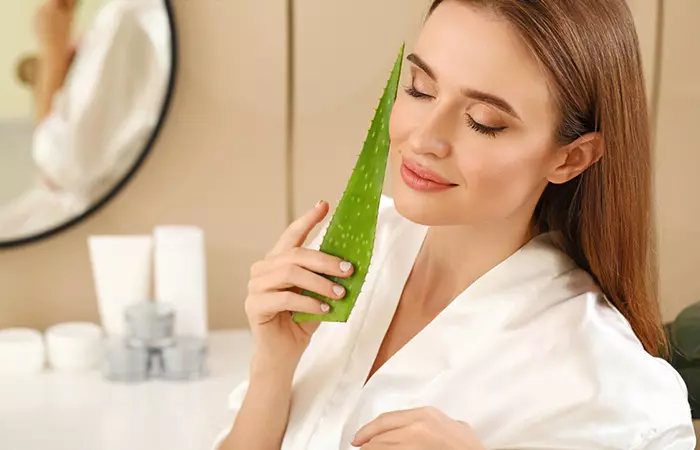
- Take a cool shower after dry brushing to rinse off dead, flaky skin. Do not use physical or chemical exfoliants or loofahs as your skin is already exfoliated and tender.
- Moisturize your skin with a hydrating and soothing lotion post brushing. You can also use aloe vera gel or baby oil to minimize the risk of irritation and redness.
- Clean your brush in soap water solution once a week. Dry it in an open, sunny area to prevent mold formation and infection.
- Do not use the same brush on your face and body.
Infographic: 7 Things To Keep In Mind While Dry Brushing
Dry brushing aids in lymphatic drainage, supporting the body’s natural detoxification process and reducing the appearance of cellulite. While you might want to jump on the dry brushing bandwagon, there are a few points you should keep in mind first. Check the infographic below for the seven essential points you must remember before dry brushing your skin.
Some thing wrong with infographic shortcode. please verify shortcode syntaxDry brushing is the process of brushing your skin starting from the hands and feet towards your chest and heart. While there is no scientific evidence to support the effectiveness of this method, it may increase blood circulation, exfoliate your skin, and boost your mood. When selecting your brush, go for brushes made of jute or cactus with a long handle to avoid hurting your skin. Although dr brushing may provide potential benefits, frequently dry brushing your face may cause skin irritation or injuries. Make sure that you take a shower and moisturize to keep your skin hydrated and minimize injury.
Frequently Asked Questions
Do you dry brush your armpits?
Yes, you do brush your armpits while dry brushing. Many skin care enthusiasts believe in the concept of armpit detoxes. One way to detox armpits is by dry brushing them in gentle motions from the armpit to the breast area. This is said to drain the lymph nodes and remove grime and the chemical residue from deodorants from your pores.
How do you dry brush your thighs?
Always start brushing your legs starting from the ankle, up towards the calf, knees, and thighs. The brushing motion should always be upwards. So, the motion of brushing the thighs should be towards the groin and buttocks. Apply enough pressure to stimulate but not hard enough to irritate the skin.
Can dry brushing help improve skin texture or tone, and if so, how?
Yes, dry brushing can help improve skin tone and texture as it exfoliates the skin to remove dead skin cells. It also improves lymphatic drainage and increases blood flow to the skin and promotes healthier looking and even toned skin.
Illustration: The Truth About Dry Brushing And What It Does To Your Skin

Image: Dall·E/StyleCraze Design Team
Dry brushing is an amazing way to exfoliate the body and improve the appearance of your skin. Click on this video to learn about its benefits and how it can help you feel refreshed and energized!
Personal Experience: Source
StyleCraze's articles are interwoven with authentic personal narratives that provide depth and resonance to our content. Below are the sources of the personal accounts referenced in this article.
i. Here’s How Dry Brush Can Reduce Itching.https://medium.com/sensible-biohacking-transhumanism/dry-brush-fixed-my-skin-problems-8d1c6a52e84
Read full bio of Dr. Nermeen Bedair
Read full bio of Arshiya Syeda
Read full bio of Ramona Sinha
Read full bio of Shiboli Chakraborti







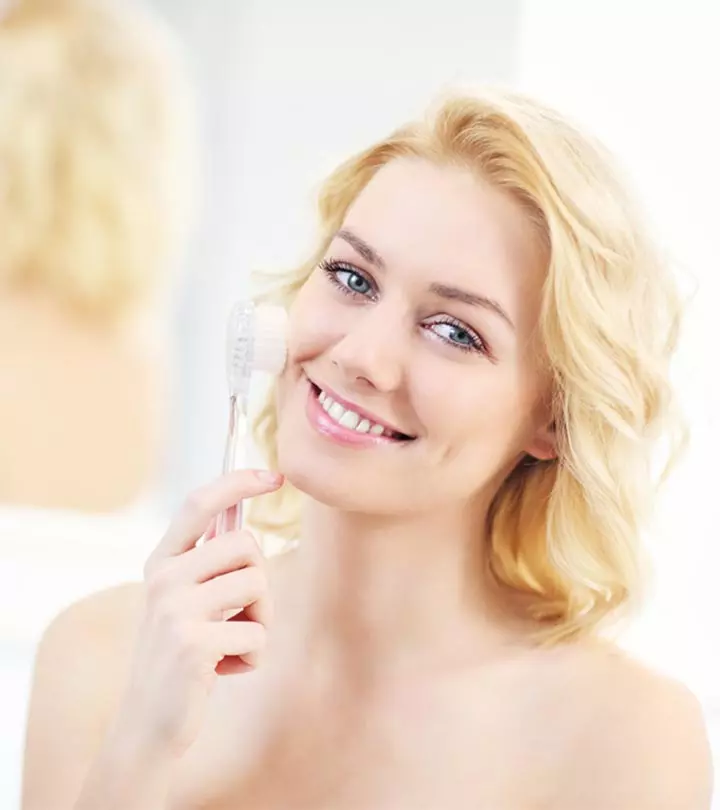
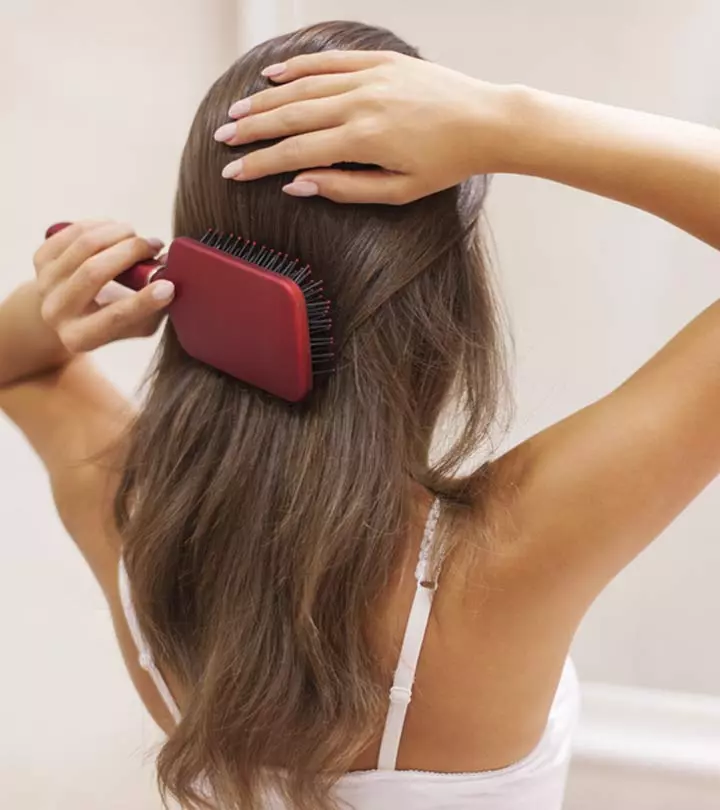

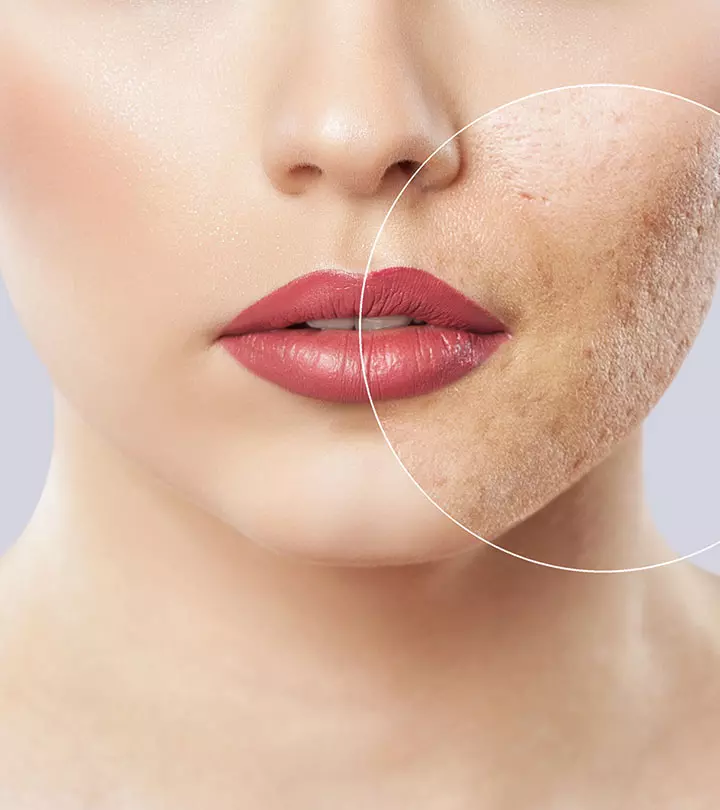
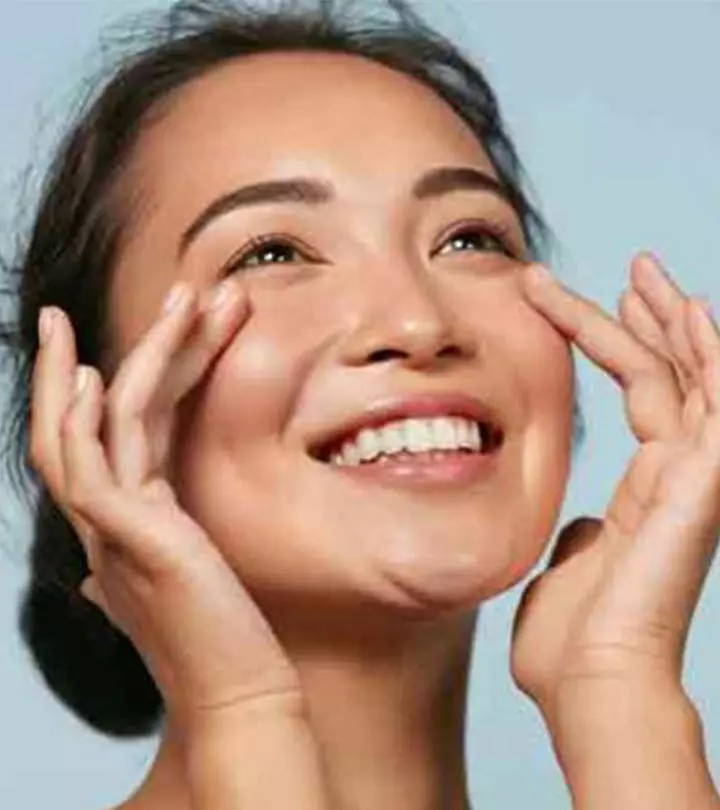


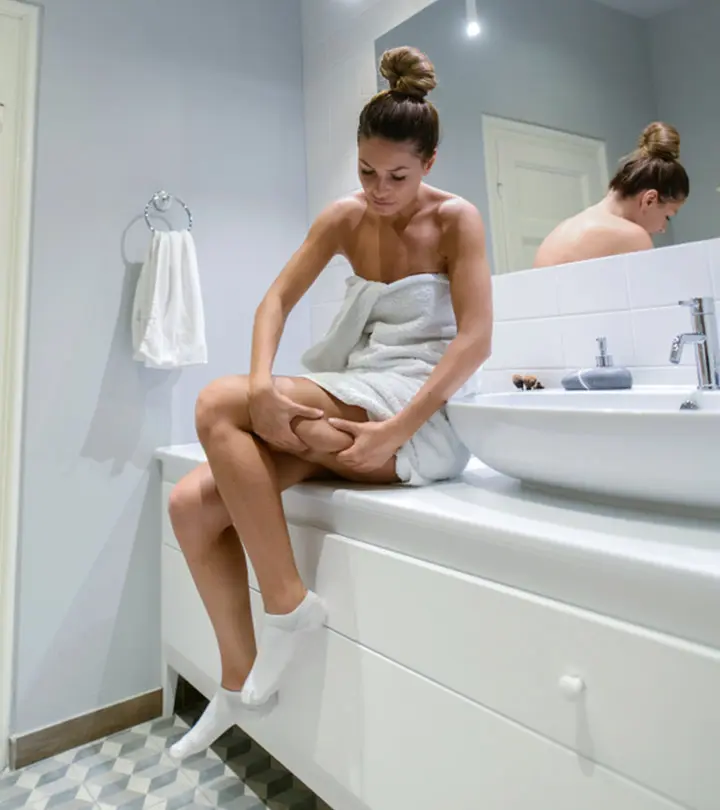

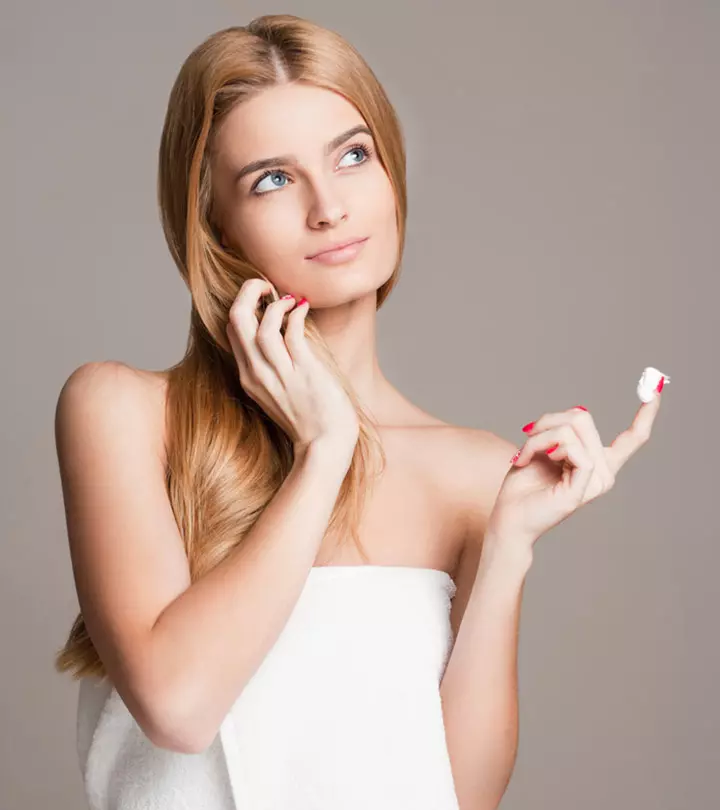
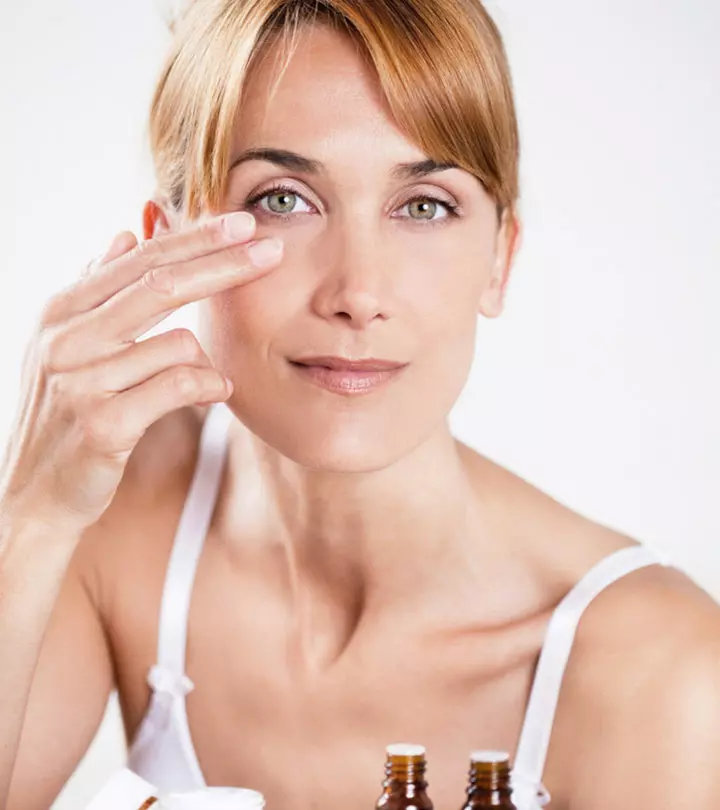
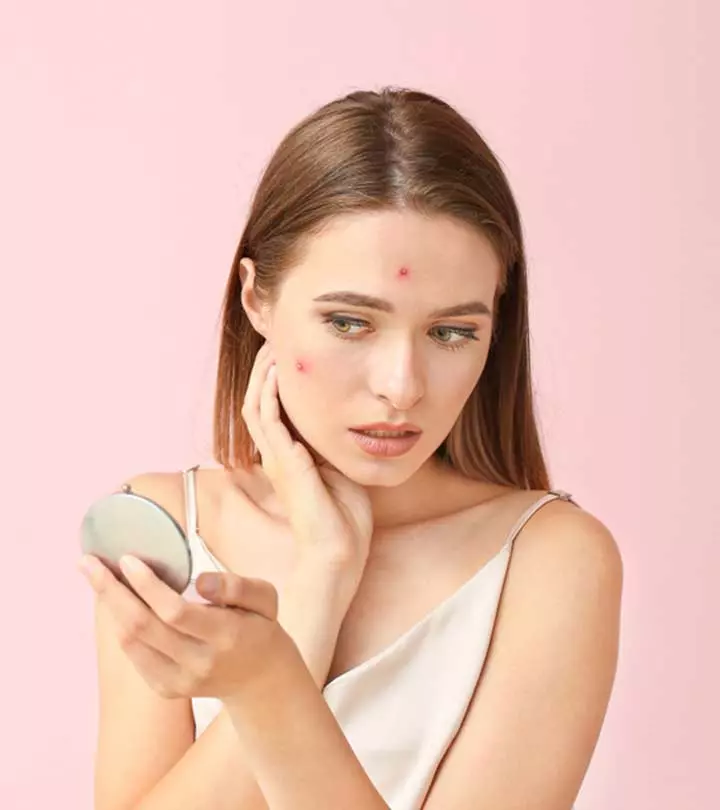

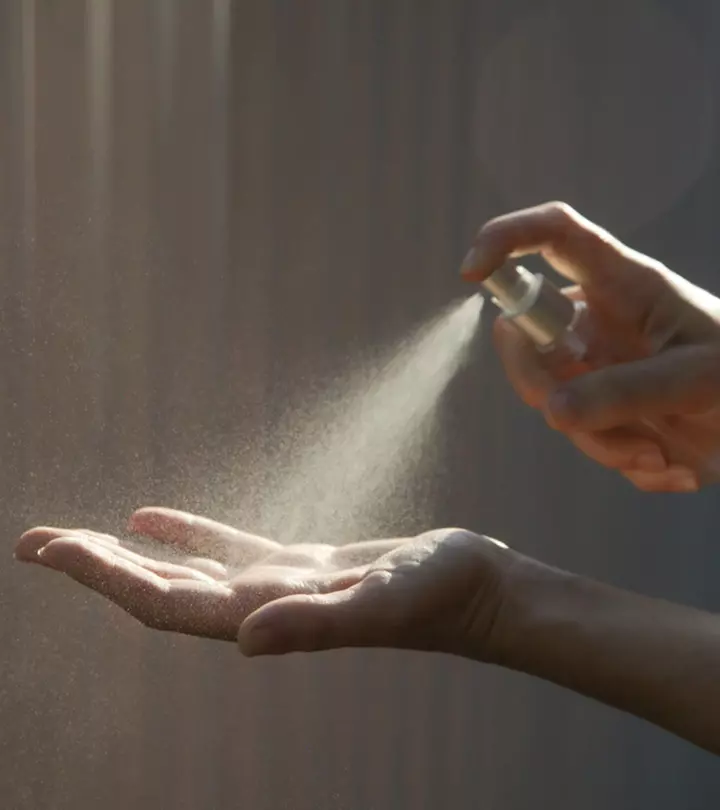
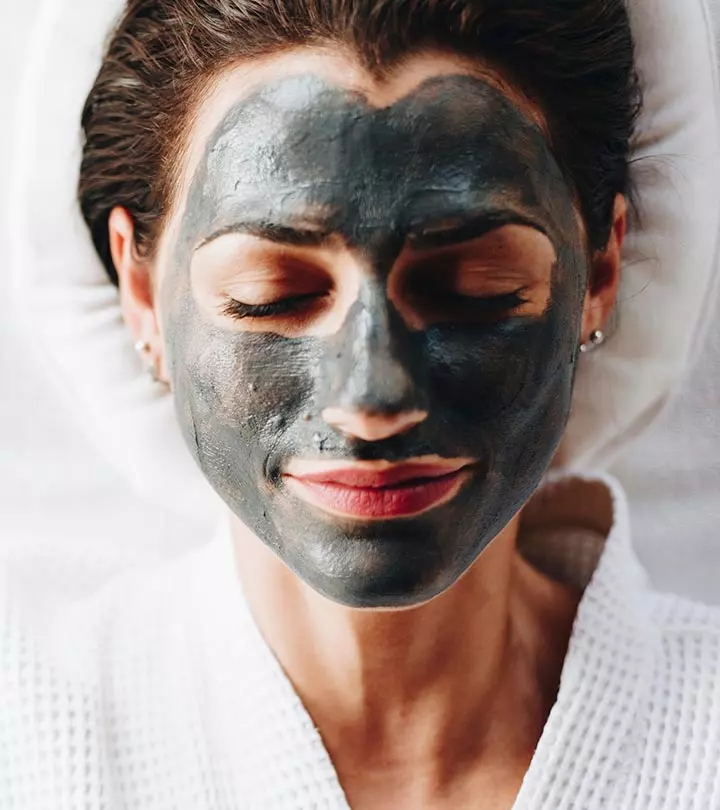
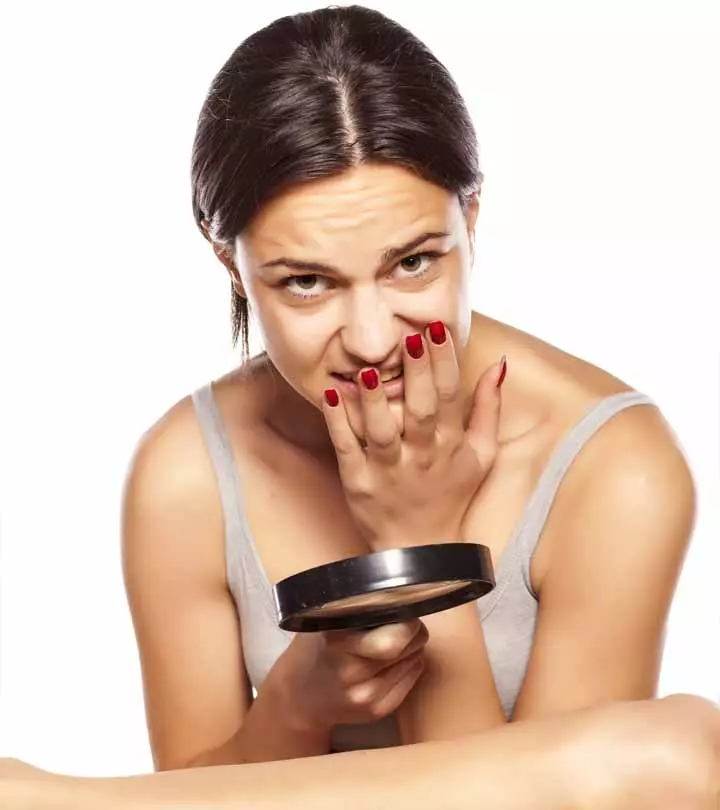





Community Experiences
Join the conversation and become a part of our empowering community! Share your stories, experiences, and insights to connect with other beauty, lifestyle, and health enthusiasts.